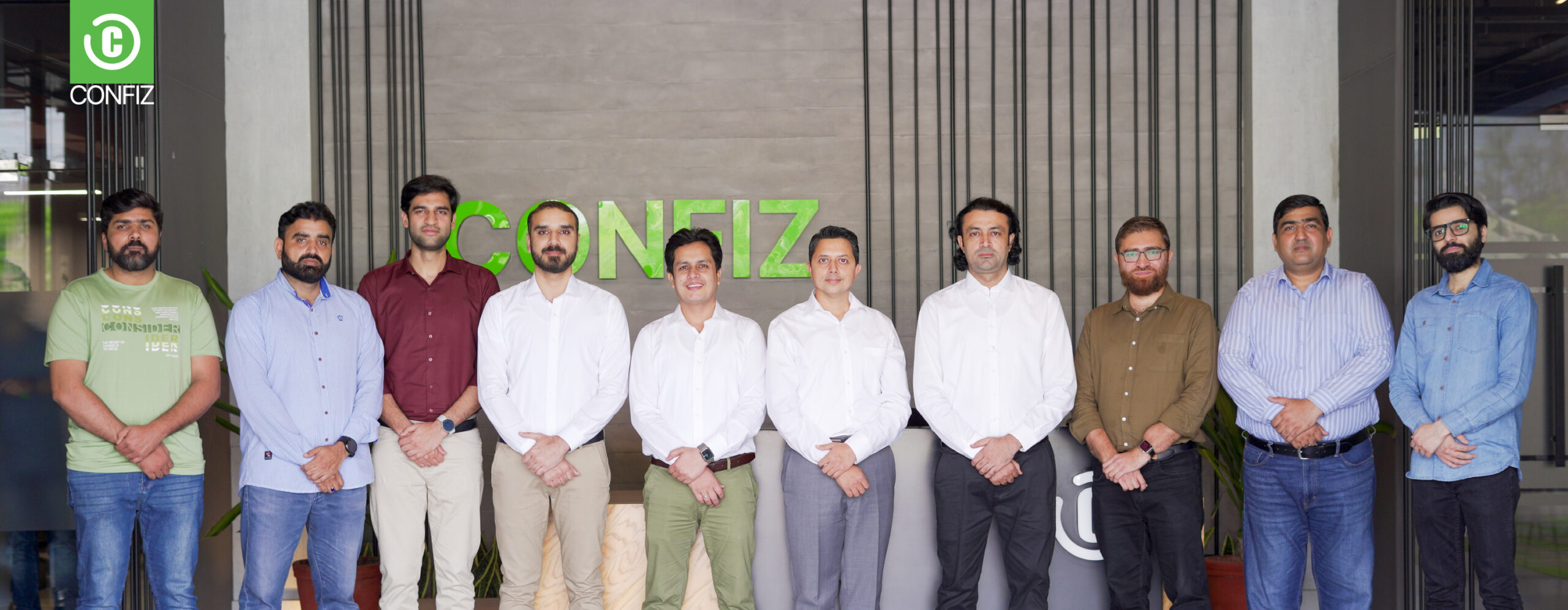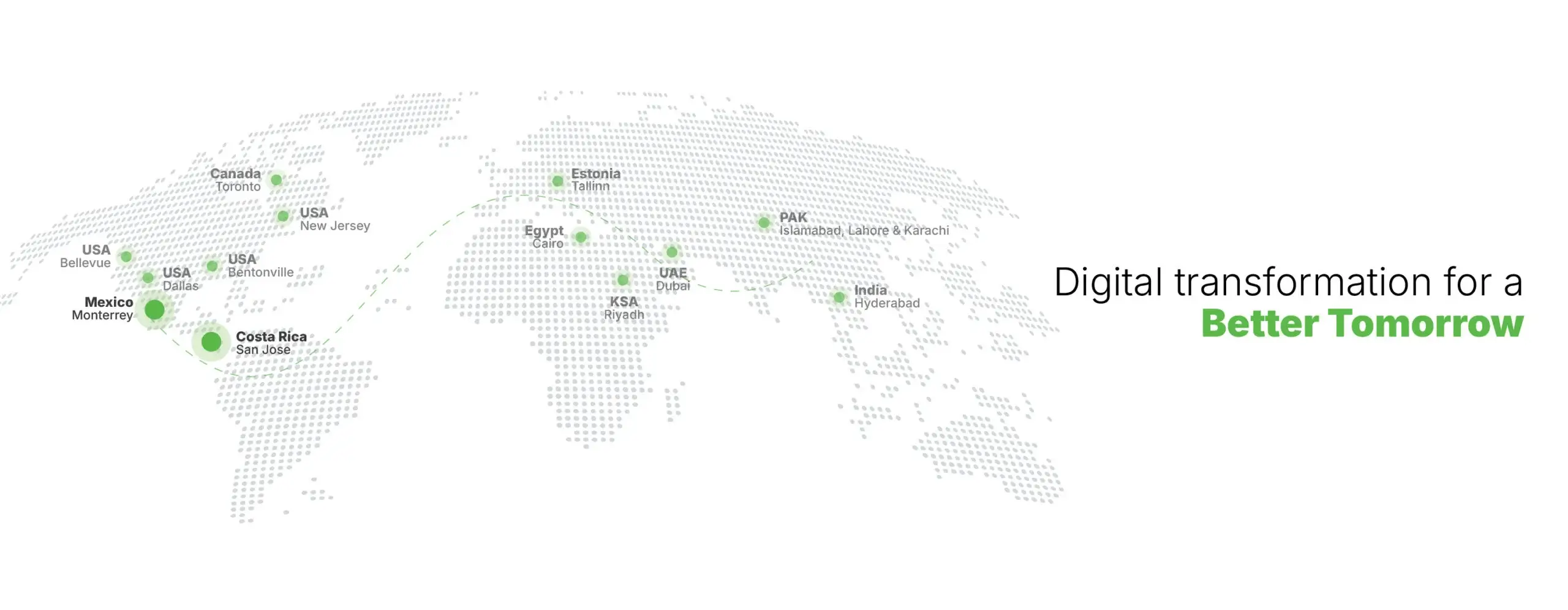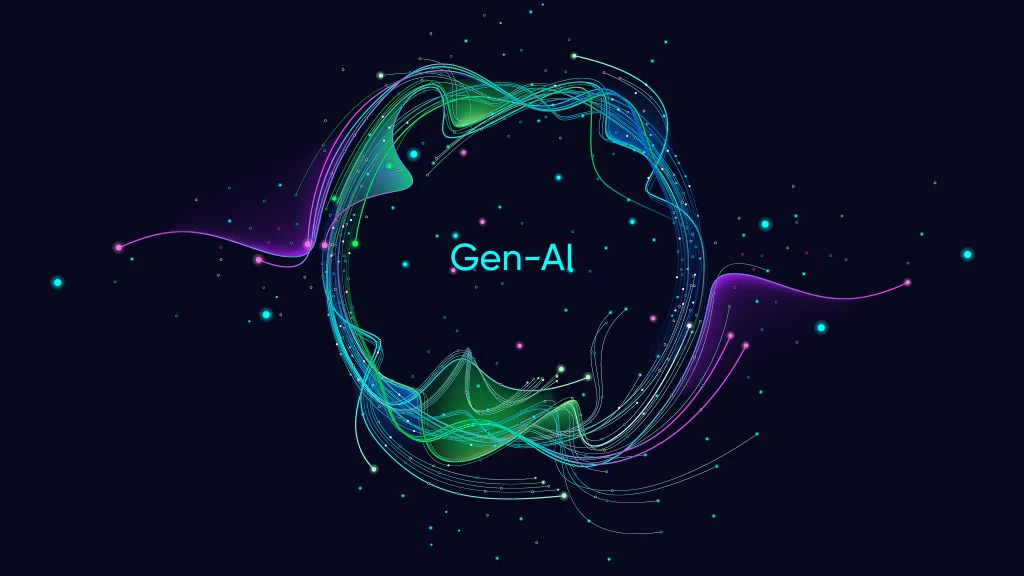Data & AI
Services
Amplify decision-making and discover new opportunities with Data Analytics, AI, and ML to accelerate your digital transformation journey.

Realize the impact of AI to ignite data-driven innovation
At Confiz, we harness analytics, automation, and AI to uncover hidden insights in vast data sets to deliver measurable business impact.
We’re driven by a commitment to transform data into tangible value, addressing real-world challenges with cutting-edge expertise and an innovative approach.
Data & AI services
Transforming businesses with Data & AI
Confiz
Advantage
Data-driven methodology
With us on your side, your business strategists can confidently produce data-driven, repeatable, and AI-powered business outcomes.
Industry-certified data architects
Our certified team not only covers the whole data value journey with you but also focuses on governance, making it sustainable and scalable
Business acumen
Drawing on our strong business acumen, we partner with some of the world’s largest data producers to help them unlock and realize latent possibilities
Simplified data operations
Reduce the complexity of your data estate with a comprehensive data governance strategy and a unified console.
Unlock
infinite possibilities
Maximize the value of your data assets
Harness powerful insights, drive informed decisions, and unlock new revenue streams. Streamline processes, reduce costs, and enhance customer experiences.
Innovate products and services at scale
Utilize cutting-edge tech to create disruptive solutions. Accelerate development, enhance customer experiences, and drive growth in competitive markets.
Optimize customer experiences
Leverage AI and data analytics to personalize interactions, predict needs, and exceed expectations. Boost engagement, loyalty, and satisfaction by delivering value at every touchpoint.
Reduce repetitive tasks
Employ AI and automation to streamline workflows, minimize human error, and save time for strategic initiatives. As a result, increases teams' efficiency, productivity, and job satisfaction.
Improve efficiency and reduce human error
Implement AI-powered solutions to automate complex tasks, optimize workflows, and enhance decision-making. Drive accuracy, reliability, and productivity in every domain.
Make more informed business decisions
Leverage data-driven insights and AI-powered analytics to guide strategic planning. Empower teams with accurate, real-time information, fostering confident, agile decision-making.

How can data help companies drive and accelerate growth?
By 2023, 90% of corporate strategies will explicitly mention information as a critical enterprise asset and analytics as an essential competency.
- Faster, forward looking decisions
- Organizational agility
- Catalyst for innovation
- Revenue building and cost saving asset
- Drive differentiation strategy
- Digital-first, customer-first
Enabling
global companies
Trusted by some of the world’s largest companies, we thrive on building strong relationships and an outstanding reputation. Our aspiration to evolve, innovate and experiment makes us stand out from our competition.














Our Readings
Get inspired, learn and transform
Got more questions?
We are here with answers!
What are Data analytics services?
Data analytics services refer to a set of techniques, tools, and technologies used to analyze, process, and interpret data to gain insights and make informed business decisions. These services can include:
Data visualization, business intelligence, predictive analytics, data warehousing, data mining, data integration, data quality management, big data analytics, data governance
What does an AI implementation look like?
An AI implementation can vary depending on the specific use case but generally involves several key steps:
- Identify the problem: The first step in an AI implementation is to identify the problem or opportunity that AI can help address. This could be anything from improving operational efficiency to developing new products or services.
- Define the scope: Once the problem has been identified, it’s important to define the scope of the AI implementation. This includes defining the data sources, the types of AI algorithms and models to be used, and the expected outcomes.
- Data collection and preparation: This step involves identifying relevant data sources, cleaning and organizing the data, and ensuring it is suitable for AI algorithms.
- Algorithm development and testing: AI algorithms and models are developed and tested once the data is prepared. This involves selecting the most appropriate algorithms and models for the problem, training them on the prepared data, and testing their accuracy and performance.
- Integration: After the algorithms have been developed and tested, they must be integrated into the business’s existing systems and processes. This may involve integrating AI into existing software applications, developing new applications, or deploying AI-powered devices.
- Monitoring and optimization: Once the AI system is up and running, monitoring its performance and optimizing it over time is important. This involves collecting feedback, analyzing results, and continuously improving the algorithms and models to ensure they remain accurate and effective.
What is AI as a service?
AI as a service (AIaaS) refers to delivering artificial intelligence (AI) tools and technologies as a cloud-based service. With AIaaS, businesses can access AI capabilities without the need to develop and maintain their own infrastructure, software, and algorithms. AIaaS providers typically offer a range of AI tools and services, including natural language processing, computer vision, machine learning, deep learning, and cognitive computing.
What is the difference between business analytics and data analytics?
Both business analytics and data analytics are based on extracting insights from data to enhance business performance. Business analytics targets major business implications of data to evaluate actions that should benefit the business. These may include deciding whether a company should prioritize a distinct project or whether a business should launch a new product line to the target market.
Data analytics involves analyzing raw data for hidden trends and valuable insights. For example, businesses generate volumes of data concerning sales, logistics, market research, or transactions. Data analysts comb through datasets to find patterns, metrics, risks, and opportunities, draw conclusions about hypotheses, and develop data-based insights to support business decisions.
Fill in the details.
We’ll get in touch.

Mohammed Reza
Director Business Development, UAE | KSA

Qaisar Iqbal
Global Vice President Industry Solutions










































